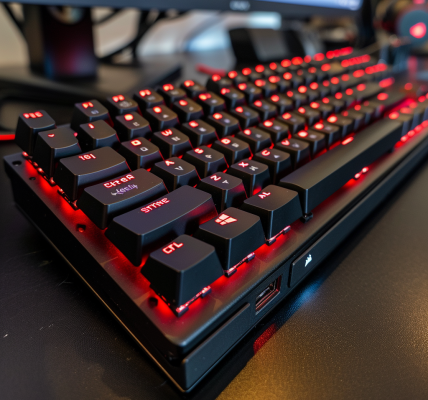Astronomers have made a groundbreaking observation of a supermassive black hole, known as Perseus A, located in the heart of the radio galaxy 3C 84. Using the Event Horizon Telescope (EHT), they have witnessed the powerful jets of matter being ejected from the black hole at near-light speeds. This discovery sheds light on the battle between magnetism and gravity within black holes, providing valuable insights into their feeding mechanisms and the formation of powerful jets that extend far beyond their host galaxies.
Perseus A, a significant source of radio waves, is situated at the center of the active galaxy NGC 1275, which is part of the Perseus supercluster, located 230 million light-years from Earth. Despite the vast distance, this observation marks one of the closest encounters with a supermassive black hole. The team of astronomers, utilizing the EHT, has successfully captured detailed images of this cosmic phenomenon, furthering our understanding of the behavior of black holes.
Jae-Young Kim, an associate professor of astrophysics at Kyungpook National University in South Korea and a member of the study team, expressed the significance of the EHT’s capability to penetrate dense interstellar gas, enabling precise observations of the vicinity of black holes. This breakthrough has opened new avenues for studying the challenges posed by the powerful magnetism and gravity near black holes.
The battle between magnetism and gravity, two of the universe’s fundamental forces, has been a subject of intense research. The EHT’s previous imaging of the supermassive black hole in the galaxy Messier 87 (M87) provided crucial insights into the polarization of light around black holes. The recent observations of Perseus A have further contributed to unraveling the mysteries surrounding the interplay of these forces within supermassive black holes.





